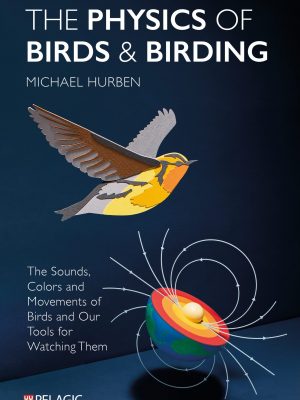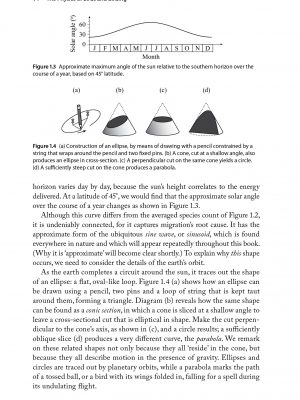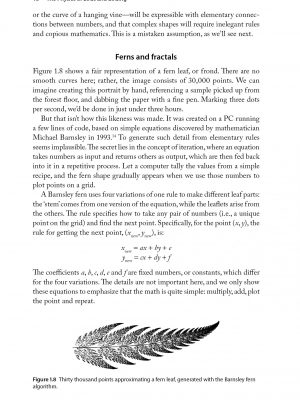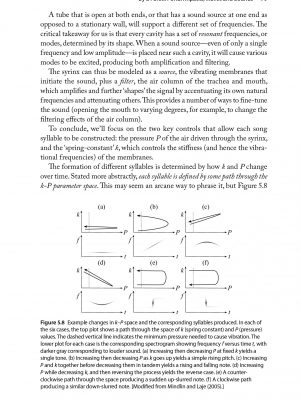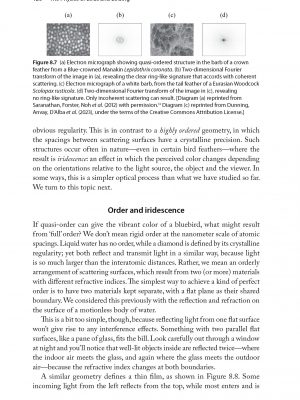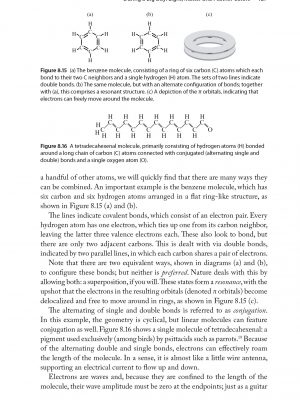An interview with Michael Hurben, author of ‘The Physics of Birds and Birding’, published by Pelagic Publishing.
Dr. Michael Hurben received his Ph.D. in Physics in 1996 from Colorado State University, where his work was focused on magnetic resonance. He has managed to compile a life list exceeding 5,050 species despite being legally blind. He and his wife Claire currently live in Bloomington, Minnesota. He blogs at legallyblindbirding.net.
How did this book come about?
I’ve been studying physics for over 40 years, and birding for about 33 years. I’ve always seen them as related interests. When I encounter birds, I cannot help but think of the physics that makes their existence and behaviour possible. And I’m no less interested in the physics behind the tools that enhance our experience: scopes, binoculars, cameras, audio recording equipment, and so on. About ten years ago, it occurred to me that I should be writing down all the connections I was seeing, and those notes became the basis for this book.
How many years was this book in the making?
The ideas were accumulating gradually for several years, but I became serious about pulling it all together in 2020. In the end, I would say between five and six years, but I could rarely give it full-time attention.
What do you want to achieve with this book?
As there was no single book that attempted to address the many ways in which physics is so important to birding, my first goal was to fill that void. One may find a few treatments of bird flight, for example, or articles on this or that specific topic of physics pertaining to some bird behaviour, but nothing that tried to pull it all together. Moreover, I wanted the book not only to be about birds but about birding. The physics behind our binoculars and digital cameras is no less a part of nature than bird feathers are. I wanted to stress this fact, and also to emphasize that anyone interested in any aspect of the natural world—such as birds—should by extension be interested in physics and the math behind it. They are inseparable. It is all part of one tapestry of elegant rules.
The original subtitle for this book, which was a bit too long, was “the sounds, colours and movements of birds, our tools for watching them, and the underlying unity of nature.” It is the last part that is the most important to me. It is wonderful to understand how a particular bird behaviour works, but far more interesting to see common explanations behind seemingly disparate things. For example, the same mathematics used to make spectrograms (and which enables apps such as Merlin to identify bird sounds) was also used to explain the origin of blue coloration in feathers.
In your first chapter you describe how the stoop of a Peregrine is not a straight line but a logarithmic style. The chapter then leads on to people and possibly birds having evolved an aesthetic sense for designs with an underlying fractal nature. There are so many things in the book that will lend itself to being worked into smaller articles. Do you have any plans to generate some bite-sized articles for a magazine or on-line blog?
The short answer is not at the moment. I could certainly see this happening, but right now I do not have the time to do it. In the past I had done something similar, in that I have many technical articles at my blog site that deal with some detailed treatments of optical issues related to binoculars. This is not something most book readers would want to see in the book, but they give treatments of some esoteric ideas that simply are not presented in any great detail anywhere.
In you second chapter, you describe how Rober Brown who was examining pollen under a microscope came to describe what is now known as Brownian motion. Your ensuing discussion in the span of two pages brings in Einstein and Richard Feynman. Do you remember what triggered the writing of this chapter?
The original subtitle for my book included the line “… and the Underlying Unity of Nature”. I see connections between everything, and sometimes they have lovely coincidental flavours to them. Here we have naturalists Lewis and Clark (each with birds named for them) gathering the flower that would lead to the discovery of Brownian motion. Brownian motion in turn is related to so many other ideas in physics and biology, including random walks, the movements of migrating birds, diffusion of species across an area, diffusion as it relates to cellular processes (which is applicable to all biology, but in the book is fleshed out in terms of seabird salt glands), the production of light by the sun (which is what makes biology possible), and of course via Einstein, the first direct evidence for atoms, without which we could not understand much of anything. That is just off the top of my head. There is more. So what triggered the writing of this chapter is the same thing that triggered the writing of the book: drawing connections, revealing interesting coincidences, and showing the economy of nature.
I am sure a lot of people who record bird calls on their phone or use an app like Merlin will be fascnated by the explanation in your chapter on sounds and it may well be the first time they have as birders thought about bit depth and Fourier transforms. Given how widely Merlin is used, if there was a market for a second edition would you consider expanding the account to explain in more depth how Merlin matches what it hears to a species in its database?
Sure. But that would still be some time away, I think. The book could easily have been twice the current size, but I had constraints of time and space to work with. Honestly, I think it is more likely that it ends up as an article on my blog, but at the moment I am busy with another project.
Is there a fun fact or something amazing you learnt during the writing of the book?
For decades I never stopped to think about the spinning of phalaropes. I tacitly assumed that they did it because of some evolutionary quirk that just happened to take hold. During my research, I found a paper explaining that the spinning is simply the equal and opposite reaction to the actual goal, namely, to create a circular flow of water beneath them, by kicking their feet. This lowers the pressure and causes material on the bottom of the pond to be brought up to the surface. It is an ingenious way to get at food sources that are otherwise unreachable.
Were there any memorable moments during the course of writing this book?
During this project, I was eager to reach a particular birding milestone, and I did: crossing the threshold of 5,000 lifers. It was a goal I had set decades ago when my vision began to fail, and it has required an enormous amount of effort to identify this many species while having a severe disability. I am legally blind because of retinitis pigmentosa, which means my visual field is about 4% of that of a normally sighted person, and I have no vision if the light level is low. It makes seeing birds very difficult.
For anyone who wishes to pursue this topic more, are there any online resources you would recommend?
In my book, I have a detailed list of citations, most of which are available online as journal articles, and I endeavoured to select as many as possible that were not behind paywalls. These represent the best way to dive deeper. Unfortunately, some of the “popular” science articles written by non-experts and that attempt to describe physics related to birds are too dumbed-down, or are simply wrong. I also write on physics on my blog https://legallyblindbirding.net.

